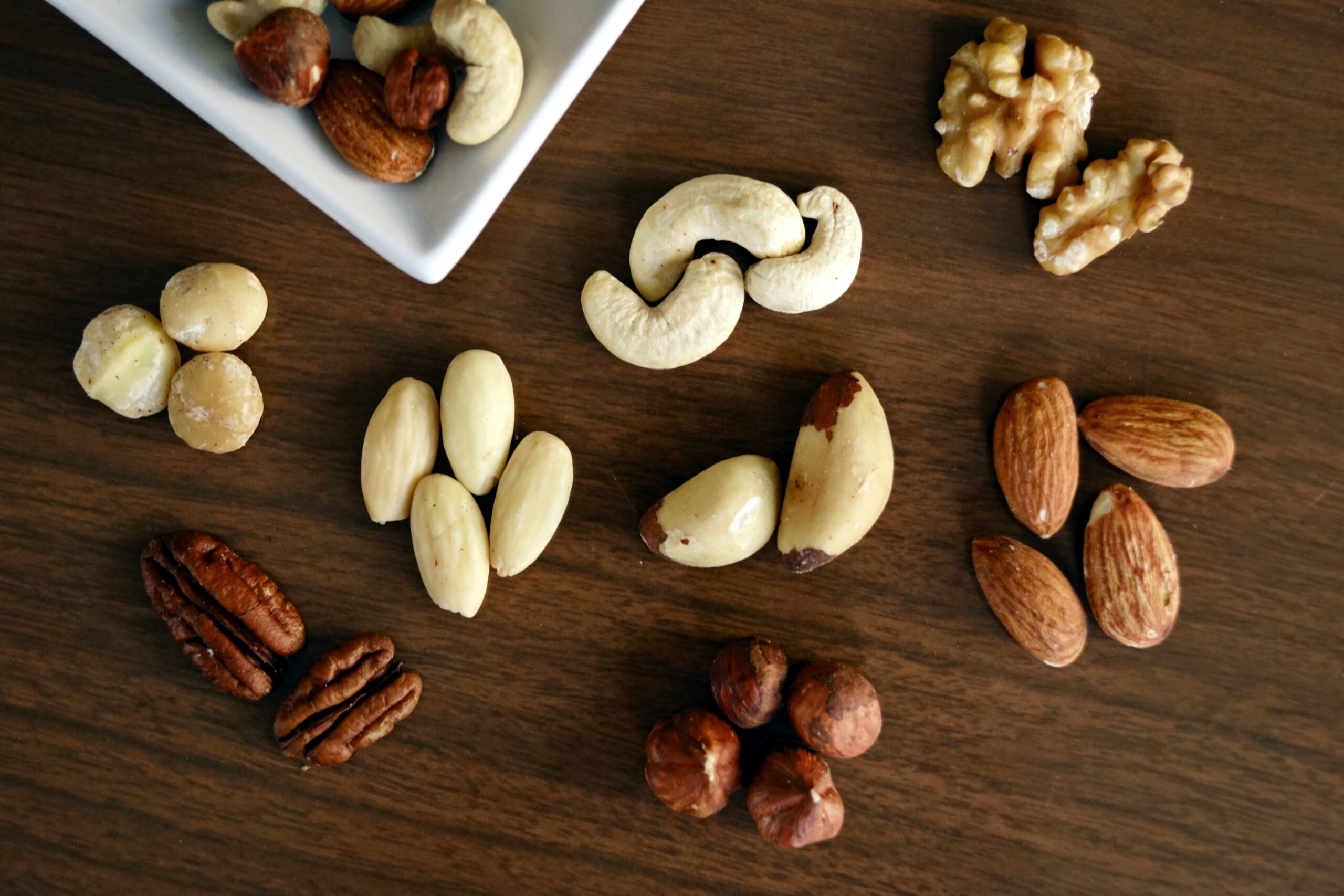When you have type 1 or type 2 diabetes, certain foods and nutrients are to be preferred on the plate rather than others. Zoom on these “foods”.
fibers
Several studies conducted in the 1970s showed that a diet rich in carbohydrates and fiber improved glycemic control and reduced insulin requirements in diabetics.
The effect would be all the more marked with soluble fibers .
Soluble fibers are found in legumes and pulses , certain cereals such as barley, oats or rye, or fruits and vegetables.
Fish
In case of diabetes, it is important to protect your heart and prevent cardiovascular diseases . Fish, especially fatty fish, is rich in omega-3s , known for their benefits on the heart: cod, tuna, halibut, salmon and mackerel can therefore be put on the menu 2 to 3 times a week.
However, it is recommended to vary the fish consumed to avoid overconsumption of heavy metals which affect certain fish more, especially large predators such as swordfish, marlin, shark, tuna or sea bream.
lean meat
In case of diabetes, proteins are necessary but difficult to consume without the lipids that usually go with it.
Prefer lean meats , such as poultry (chicken, turkey) or defatted white ham in favor of red meats.
Regarding the cooking method , cook them in the oven , in foil or on the grill to avoid adding fat and do not add too much salt .
Carbohydrates… but not just any
Consuming sugar when you have diabetes can raise insulin quickly, so it’s best to avoid fast carbohydrates found in cookies, candies, sodas, etc.
Without forgetting the junk food which even salty, can contain sugar, it is the case for example of hamburger buns , whose composition is similar to sandwich bread, which contains sugar. Same with the sauces.
On the other hand, it is advisable to consume slow sugars which are found especially in wholemeal bread and in starchy foods (rice, pasta, potatoes).
Lawyers
The consumption of avocado is recommended in case of type 2 diabetes, because it contains very few carbohydrates and a lot of soluble fibers which promote digestion. In addition, its low glycemic index contributes to good blood sugar regulation .
It can thus be put on the menu several times a week, provided it is not accompanied by mayonnaise. Shrimps or other seafood will be an ideal accompaniment in case of diabetes.
- bridge
- Allergies (overview)
- Achluophobia : all about the fear of the dark
- At what age can you do bodybuilding?
- Fatigue in the morning: causes and remedies
vegetable oils
The diabetic must ensure a low lipid intake. Lipids should not exceed 30% of daily daily intake to avoid any risk of cardiovascular disorders.
Excess fats high in saturated fatty acids actually raise cholesterol , both good HDL and bad LDL, resulting in a ratio between the two that is not conducive to good heart health.
On the other hand, monounsaturated fatty acids and polyunsaturated fatty acids , contained in raw vegetable oils for example, are good for health. Olive oil, walnut oil, rapeseed oil are therefore to be favored when seasoning.
Nuts
Nuts , such as walnuts, almonds, pistachios, and hazelnuts, contain good (monounsaturated) fats that protect the arteries as well as magnesium . However, people with diabetes, whether type 1 or type 2 diabetes, often lack magnesium due to the disruption of insulin production and have a greater loss of magnesium in the urine .
Fruits
Fruits are rich in vitamins, minerals, fiber and therefore provide the body with all the nutrients necessary for good health. Most fruits can be eaten by a person with diabetes. However, some of them contain more carbohydrates than others and have a higher glycemic index than others. Bananas and grapes are to be avoided.
Eating apples, pears and citrus fruits in particular would reduce the risk of developing type 2 diabetes.
Vegetables
Vegetables, like fruits, are rich in minerals, vitamins and fiber , but are devoid of carbohydrates. Their impact on glycaemia is therefore low, even non-existent. They must hold a place of choice in the diet of a diabetic.
Beware, however, of “starchy vegetables” such as corn, green peas, sweet potato, potato, parsnip and squash which are higher in carbohydrates than other vegetables. Their carbohydrate content should be counted in the total carbohydrates of the meal.
Spices
Sage, oregano, cumin, turmeric, cloves or licorice, etc., so many spices rich in antioxidants that help prevent cardiovascular diseases and certain cancers by fighting against oxidative stress, which is increased in the event of chronic diseases.
Some spices have specific beneficial actions, for example cinnamon which, at the rate of half a teaspoon a day, is said to lower cholesterol and blood sugar . Fenugreek, a spice with an aniseed taste, would have the same virtues as cinnamon.

